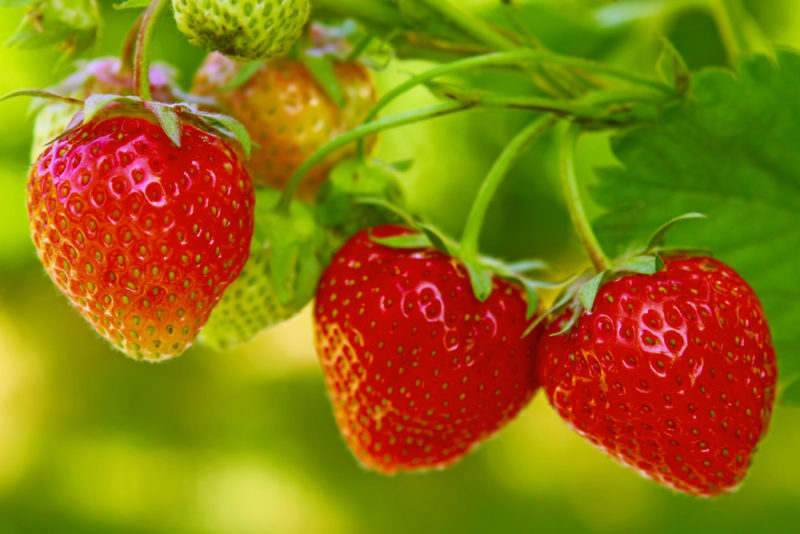If you happen to have a green thumb, you may have heard of a concept called companion planting. For those of you who are still learning, companion planting uses different assets of plants to help create a more stable little ecosystem in your garden. By using the power of different plants, you can offset the need to use pesticides or stakes to help your plants grow. With the right pairings, you'll have a beautiful, flourishing garden!



Here are seven plants you should always grow together:
1. Corn & Beans
Corn and beans are classic planting companions. They pair well together because the beans can climb up the cornstalks to get partial light. Planting these two plants next to each other will also help balance your soil. Corn depletes nitrogen while beans add it to the soil.
2. Melon & Marigold
Marigolds are able to ward off roundworms, which enjoy infesting melons and other gourds. Try growing marigolds and melons in the same plot. They won't flower and fruit at the same time, but the pairing will keep your melons whole and delicious!3. Rose & Garlic
As far as your sense of smell is concerned, this pairing might seem like going from one extreme to the other. But there are a few benefits to planting garlic next to your sweet-smelling roses. Garlic plants repel pests that enjoy snacking on rose petals. By planting garlic around your rosebushes, you can protect them from hungry predators!
4. Cabbage & Tomatoes
Tomatoes are part of the nightshade family, which means they are poisonous in some forms, but perfectly delicious in others. Cabbage worms find tomatoes and their leaves to be completely repellent! If you're growing cabbage in your garden, plant some tomatoes nearby to keep cabbage worms from ruining your crops.5. Strawberry & Thyme
Strawberries can be difficult to grow at home, especially if you live in a colder climate. Plant thyme next to your strawberries to help them grow and produce more fruit! Thyme acts as a pollinator, especially for honeybees! It will encourage the bees to visit your strawberries as well!





